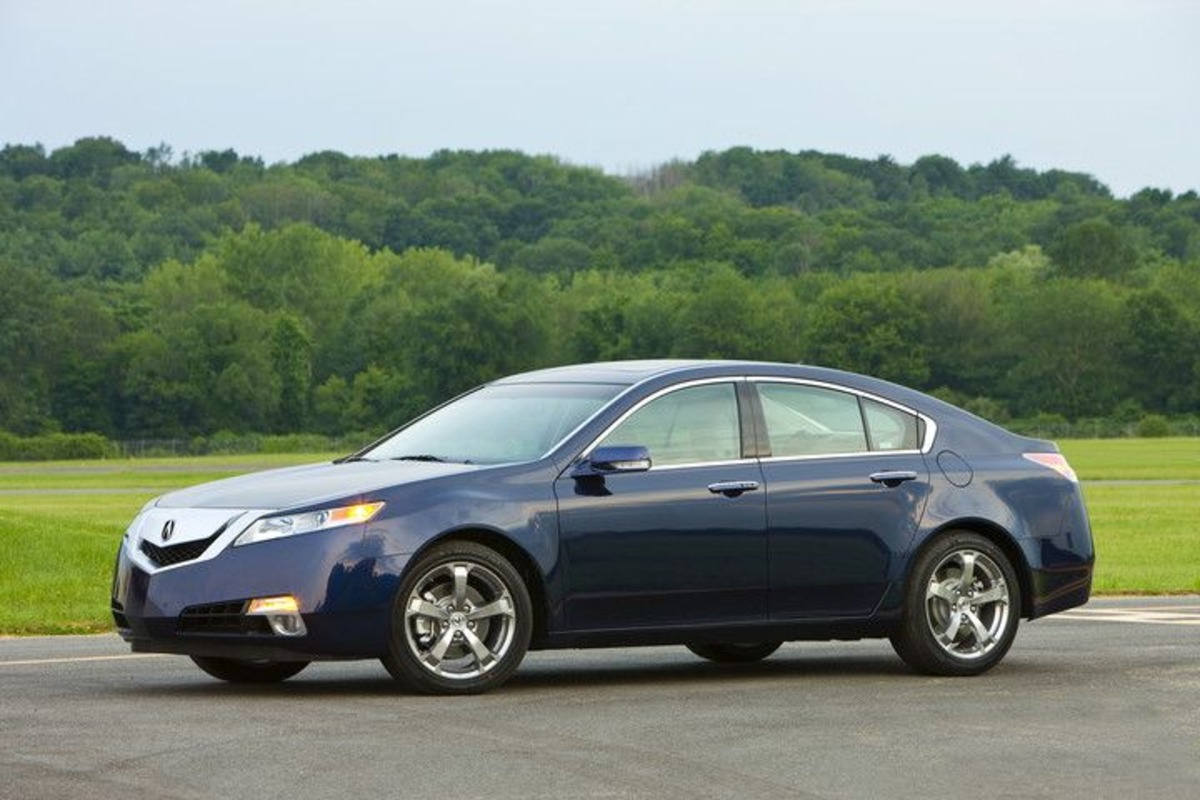In modern automotive design, safety and visibility are paramount. One critical component for driver awareness is the rearview mirror—a simple yet indispensable tool that provides vital information about what’s happening behind the vehicle.
Over the years, the size and shape of rearview mirrors have evolved significantly, driven by advances in safety standards, driver preferences, and technological integration.
However, many cars, especially older models or those designed with particular aesthetic or aerodynamic priorities, still come equipped with rearview mirrors that are surprisingly small by today’s standards.
Small rearview mirrors can create blind spots, reduce the driver’s ability to monitor traffic conditions effectively, and lead to increased reliance on side mirrors or additional technology like backup cameras.
While technology has supplemented these mirrors with sensors and cameras, the fundamental need for a clear and wide rear view remains.
The limitations imposed by a small rearview mirror can affect everything from routine lane changes to complex parking maneuvers, and even emergency reactions on the road.
This article explores 10 popular cars, across various segments and years, known for having rearview mirrors that fall short in size and coverage compared to modern expectations. We will analyze how these undersized mirrors impact driver safety, comfort, and situational awareness.
We will also consider the design choices behind these mirrors—whether for style, aerodynamics, or cost-saving—and discuss how owners and drivers cope with these limitations.
By understanding these factors, potential buyers and enthusiasts can make more informed decisions about their vehicle choices or modifications, prioritizing safety and usability in their daily driving experience.
Also Read: 5 Cars With Rear Seats That Slide and 5 That Should
1. 2010–2014 Ford Mustang
The 2010–2014 Ford Mustang, a hallmark of American muscle cars, is renowned for its aggressive styling and powerful performance.
However, when it comes to rearview mirrors, this generation of Mustang falls short compared to modern standards. The rearview mirror’s small size and shape create significant visibility limitations for drivers.
Ford’s design focus during these years leaned heavily towards preserving the Mustang’s sleek and sporty aesthetic, often at the expense of practical elements like mirror size.
The interior rearview mirror is compact and mounted relatively low on the windshield, providing a narrower field of view.
This constrained coverage can lead to larger blind spots directly behind the vehicle—an especially critical concern given the Mustang’s wide and muscular rear pillars that already impede rear visibility.
Additionally, the Mustang’s sloping roofline and narrow rear window further restrict what the small rearview mirror can display.

Drivers often have to rely more heavily on the side mirrors, which, while larger, do not fully compensate for the limited central rear view. This can complicate lane changes, reversing, and parking, increasing the likelihood of driver error or collision.
Some Mustang owners retrofit their vehicles with aftermarket, wider rearview mirrors or integrate advanced backup cameras to improve rear visibility. Yet, the factory-installed mirror remains suboptimal by today’s safety-conscious standards.
In contrast, more recent Mustang models have recognized these shortcomings and offer larger, more effective rearview mirrors, often equipped with auto-dimming and blind spot monitoring features.
For drivers of the 2010–2014 Mustang, awareness of this limitation is key, and utilizing supplemental technology or mirror upgrades is recommended to enhance overall driving safety.
2. 2012–2017 Toyota RAV4
The 2012–2017 Toyota RAV4, a popular compact SUV, is praised for its reliability, practicality, and family-friendly features. However, one aspect where it falls short compared to newer models is the size of its interior rearview mirror.
While the RAV4’s rearview mirror meets basic functional requirements, it is noticeably smaller than what’s commonly found in more recent vehicles.
Toyota’s design for this generation of RAV4 prioritized a clean and uncluttered cabin, which led to the installation of a relatively compact mirror.
Although smaller mirrors can contribute to a sleeker interior appearance and potentially reduce glare, the limited mirror size restricts the driver’s field of view, particularly in a vehicle with a higher seating position and larger rear pillars.
This size limitation can make it difficult to monitor traffic directly behind the vehicle, especially during lane changes or backing up.
Combined with the RAV4’s thick rear pillars and high cargo area, the small rearview mirror creates blind spots that drivers need to be cautious about. As a result, drivers often have to rely more heavily on side mirrors and technology like rearview cameras to compensate.
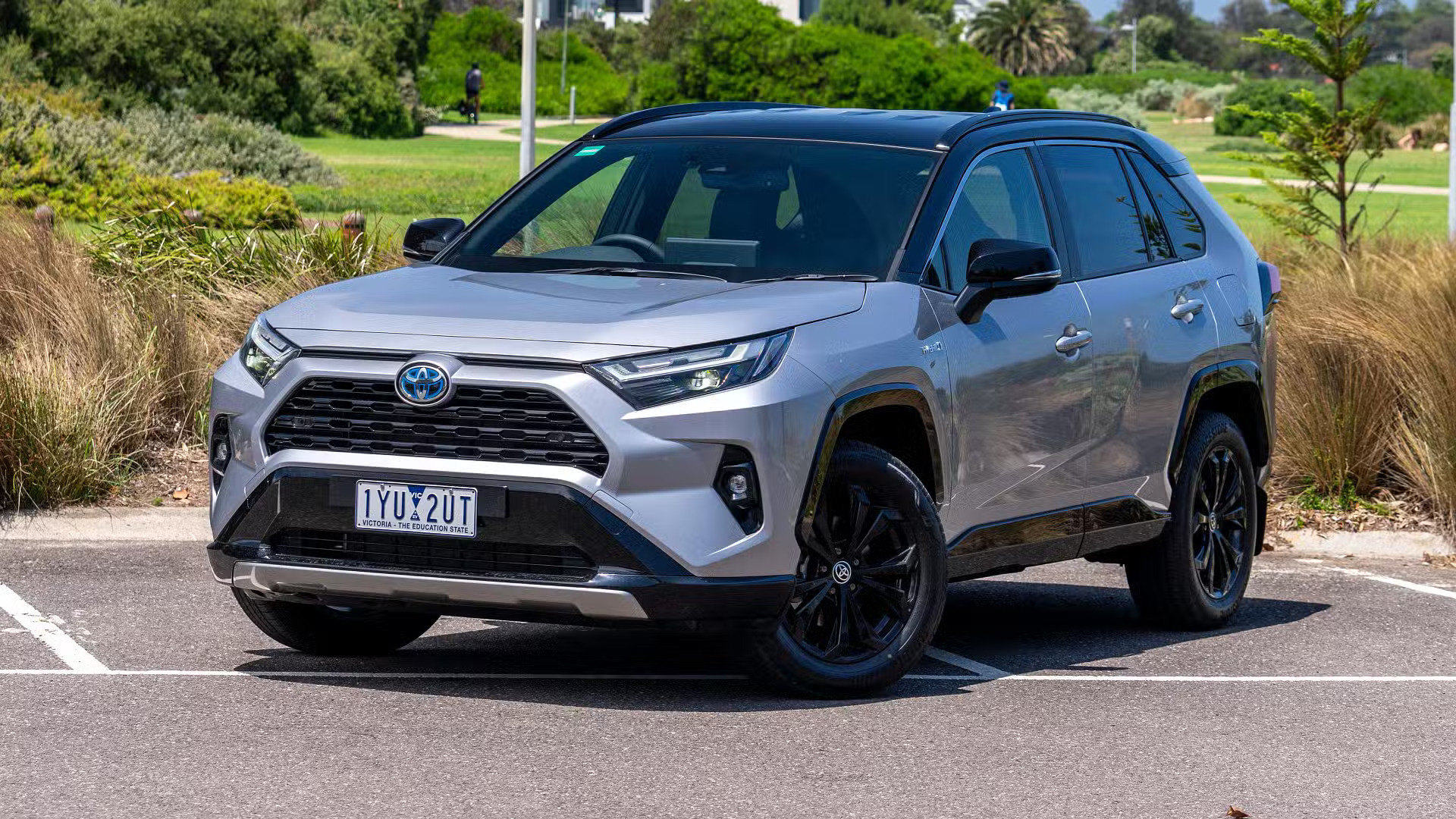
Many owners have noted that while the factory mirror is sufficient under normal driving conditions, its small dimensions become an issue during complex maneuvers or in busy traffic. This has led some to seek aftermarket mirror replacements or add additional visibility aids.
Toyota has addressed such concerns in later RAV4 models by incorporating larger mirrors with features like auto-dimming and integrated safety systems. But for 2012–2017 RAV4 drivers, understanding this limitation is important for maintaining situational awareness and driving safely.
3. 2011–2015 Volkswagen Jetta
The 2011–2015 Volkswagen Jetta, a compact sedan known for its European styling and solid driving dynamics, presents a notable case where the interior rearview mirror is smaller than ideal by contemporary standards.
Volkswagen’s design choices for this generation emphasized a minimalist and elegant cabin, but this aesthetic focus resulted in a rearview mirror that compromises some aspects of driver visibility.
The Jetta’s rearview mirror is modest in size and mounted relatively low on the windshield. While this maintains a clean look and avoids obstructing the driver’s forward view, it simultaneously limits the rearward field of vision.
In a car like the Jetta, where the rear window is narrow and the rear pillars are thick, this smaller mirror adds to the challenge of maintaining clear sightlines behind the vehicle.
Drivers of this generation often report that the small mirror can create blind spots directly behind the car, requiring frequent and more deliberate use of side mirrors. This is especially critical in urban driving or parking scenarios where comprehensive rear visibility is crucial.
Volkswagen has made strides in subsequent models by enlarging the interior rearview mirror and integrating features such as auto-dimming and rearview camera displays.
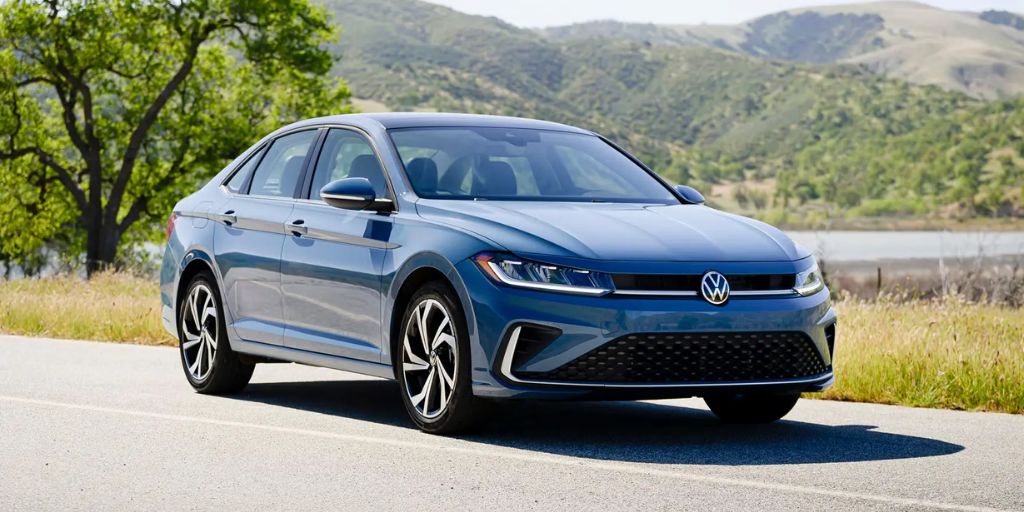
These enhancements improve the overall visibility experience significantly compared to the 2011–2015 Jetta.
For owners of this generation, being aware of the mirror’s size limitation is important. Many drivers compensate by adjusting their side mirrors wider than usual or installing aftermarket mirrors with a broader field of view.
While the factory mirror performs adequately in everyday driving, it’s less than optimal when maximum rear visibility is necessary.
4. 2008–2013 BMW 3 Series (E90/E92)
The 2008–2013 BMW 3 Series, encompassing the E90 sedan and E92 coupe, is widely celebrated for its exceptional driving dynamics and refined build quality.
However, one often-overlooked aspect is the relatively small interior rearview mirror that comes factory-installed, which doesn’t meet the visibility standards drivers have come to expect in recent years.
BMW’s design philosophy for this generation emphasized driver engagement and minimal distraction, which influenced the compact size of the rearview mirror.
Positioned low on the windshield and with a narrow reflective surface, the mirror can restrict rearward visibility, especially when combined with the 3 Series’ slim rear window and the thick C-pillars in the coupe models.
This limited mirror size poses challenges in daily driving. For example, during lane changes or reversing maneuvers, the smaller mirror narrows the rear field of vision, increasing the likelihood that a driver might miss an approaching vehicle or obstacle.
Additionally, the sporty roofline in the coupe further restricts rear visibility, amplifying the effect of the small mirror.
Many drivers report compensating for this limitation by relying heavily on side mirrors or installing aftermarket, wider mirrors that provide a broader viewing angle.

BMW has responded in more recent models by offering larger rearview mirrors, often equipped with auto-dimming and integrated camera displays to enhance driver awareness.
For owners of the 2008–2013 3 Series, acknowledging the rearview mirror’s size limitation is key to maintaining safe driving practices. Supplementing the factory mirror with technology or mirror upgrades can significantly reduce blind spots and improve overall safety.
5. 2014–2018 Jeep Cherokee (KL)
The 2014–2018 Jeep Cherokee KL marked Jeep’s return to the midsize SUV segment with a more modern and aerodynamic design.
While praised for its off-road capability and updated tech features, the Cherokee’s interior rearview mirror falls short by today’s standards in terms of size and visibility.
Jeep opted for a relatively small rearview mirror in the Cherokee’s cabin to maintain a sleek, less cluttered windshield area and preserve the panoramic sunroof’s aesthetic appeal.
This decision, however, resulted in a mirror that offers a narrower field of view compared to competitors in the segment.
The Cherokee’s rear window is relatively small and heavily sloped, with thick D-pillars that already restrict rearward visibility. The small interior mirror compounds this issue, limiting the driver’s ability to see vehicles or obstacles directly behind the SUV.
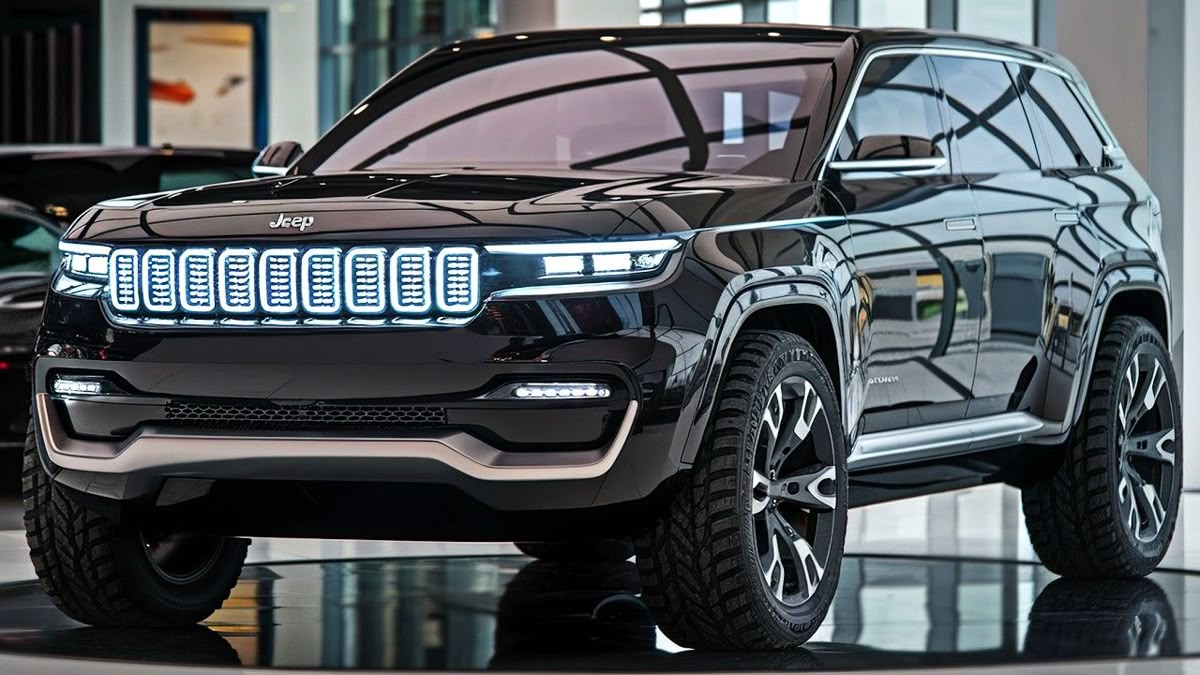
Drivers often find themselves relying more on the side mirrors or the available backup camera system to compensate for these blind spots.
While the backup camera helps during reversing, the reduced mirror size can still affect awareness during driving maneuvers such as lane changes or merging on highways, where quick rearward checks are crucial.
Jeep has addressed visibility concerns in newer models by increasing mirror sizes and incorporating advanced driver assistance features.
Still, owners of the 2014–2018 Cherokee should be aware of the rearview mirror’s limitation and consider supplementary aids for optimal safety.
6. 2013–2017 Hyundai Sonata
The 2013–2017 Hyundai Sonata marked a major redesign with a sleeker exterior and a more upscale interior. Despite these improvements, the interior rearview mirror remained relatively small compared to contemporary vehicles.
Hyundai seemed to focus on minimizing interior clutter and maximizing dashboard visibility, but the rearview mirror size did not keep pace with evolving safety and usability trends.
The mirror’s compact size restricts the driver’s rearward field of vision, especially in a midsize sedan where the rear window is moderately sized but bordered by thick rear pillars.
This setup creates significant blind spots directly behind the vehicle, making it challenging to monitor trailing traffic without frequent glances at side mirrors.
The Sonata’s small rearview mirror, combined with its wide C-pillars, requires drivers to exercise extra caution during lane changes and backing maneuvers. While some trims include backup cameras and blind-spot detection, the mirror itself remains a limiting factor in overall visibility.
Many Sonata owners have reported feeling the need to upgrade to aftermarket mirrors that offer a broader view or integrate digital displays for improved safety.
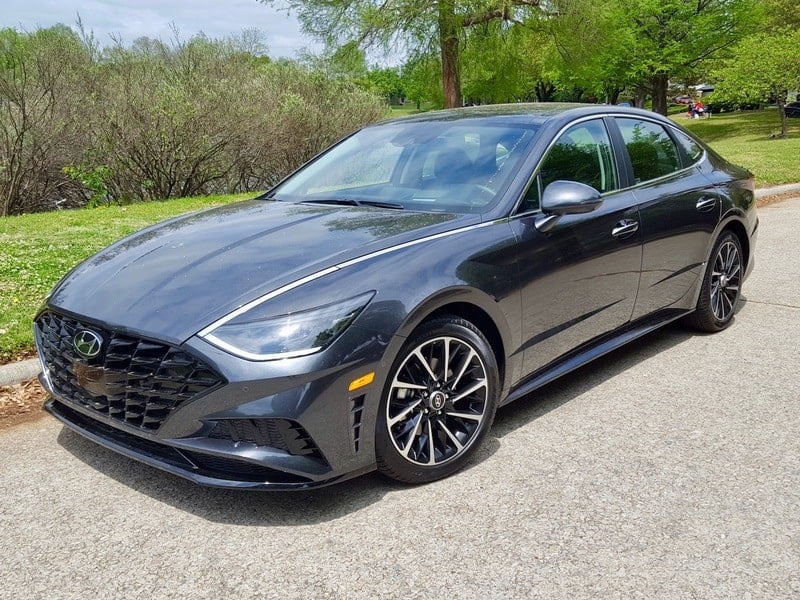
Hyundai has addressed these concerns in later Sonata models by incorporating larger, auto-dimming mirrors with integrated technology, but the 2013–2017 model still lags behind competitors in mirror size.
Understanding these limitations is important for drivers prioritizing situational awareness and safety. Supplementing the factory mirror with additional visibility aids can help offset the restricted field of view inherent in this design.
7. 2009–2014 Volkswagen Golf Mk6
The Volkswagen Golf Mk6, sold from 2009 to 2014, is celebrated for its solid build quality and practical design. However, the interior rearview mirror size is notably smaller than those in newer hatchbacks and sedans.
Volkswagen’s design ethos favored a minimalist dashboard and cabin area, but this resulted in a rearview mirror that sacrifices rearward visibility.
The Golf’s rear window is relatively small, with a steeply sloped hatchback design, further limiting the driver’s ability to see behind.
The small mirror, mounted low on the windshield, compounds this visibility challenge, providing a narrower view and increased blind spots, particularly in busy city traffic or tight parking situations.

Drivers often rely on the side mirrors or the optional rearview camera to compensate, but the lack of a sufficiently large rearview mirror means the driver’s natural field of vision is compromised. This can lead to hesitation or errors during lane changes and reverse parking.
Volkswagen’s later Golf generations have adopted larger mirrors and integrated features such as auto-dimming and digital displays to improve driver awareness.
Owners of the Mk6 Golf should be aware of the rearview mirror’s limitations and consider aftermarket options or technology to enhance safety.
8. 2010–2014 Chevrolet Cruze
The Chevrolet Cruze was General Motors’ compact car answer to the growing market, aiming for a blend of efficiency and comfort. However, one overlooked shortcoming in the 2010–2014 Cruze is the notably small interior rearview mirror.
While the Cruze offers many modern conveniences, its rearview mirror size does not meet the expectations set by newer compact cars.
The compact mirror provides a restricted rearward view that is particularly problematic given the Cruze’s narrow rear windshield and relatively high trunk line. These design features, combined with thick rear pillars, create substantial blind spots that the small mirror fails to mitigate.
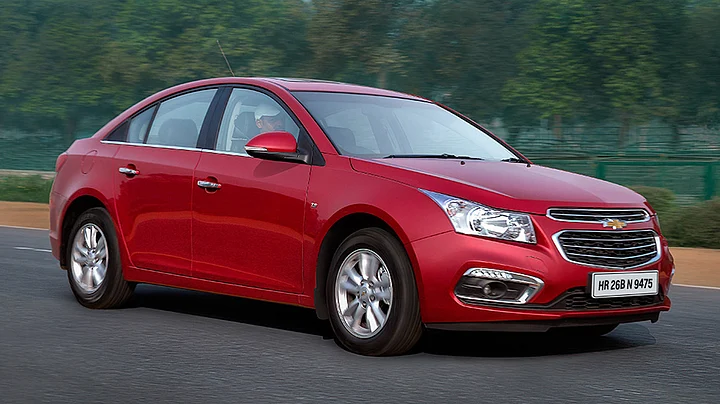
Many drivers find themselves relying heavily on side mirrors and backup cameras to maintain safe awareness of surrounding traffic. The small rearview mirror also challenges drivers during highway merges and parallel parking, where quick and accurate rear visibility is critical.
Chevrolet improved mirror sizes and added integrated technologies in later models, but owners of this generation should be mindful of the rearview mirror’s shortcomings. Considering aftermarket mirror replacements or supplemental visibility aids can significantly improve safety for Cruze drivers.
9. 2007–2012 Nissan Sentra
The 2007–2012 Nissan Sentra, a popular compact sedan, features an interior rearview mirror that is surprisingly small compared to modern standards.
Nissan’s focus on economy and functionality meant the mirror was designed to blend into the cabin without obstructing forward visibility, but this led to a smaller-than-ideal reflective surface.
The Sentra’s rear window and pillar design already limit rear visibility, and the undersized mirror exacerbates these blind spots.
Drivers frequently report difficulty getting a comprehensive view of traffic behind them without resorting to exaggerated head movements or over-reliance on side mirrors.
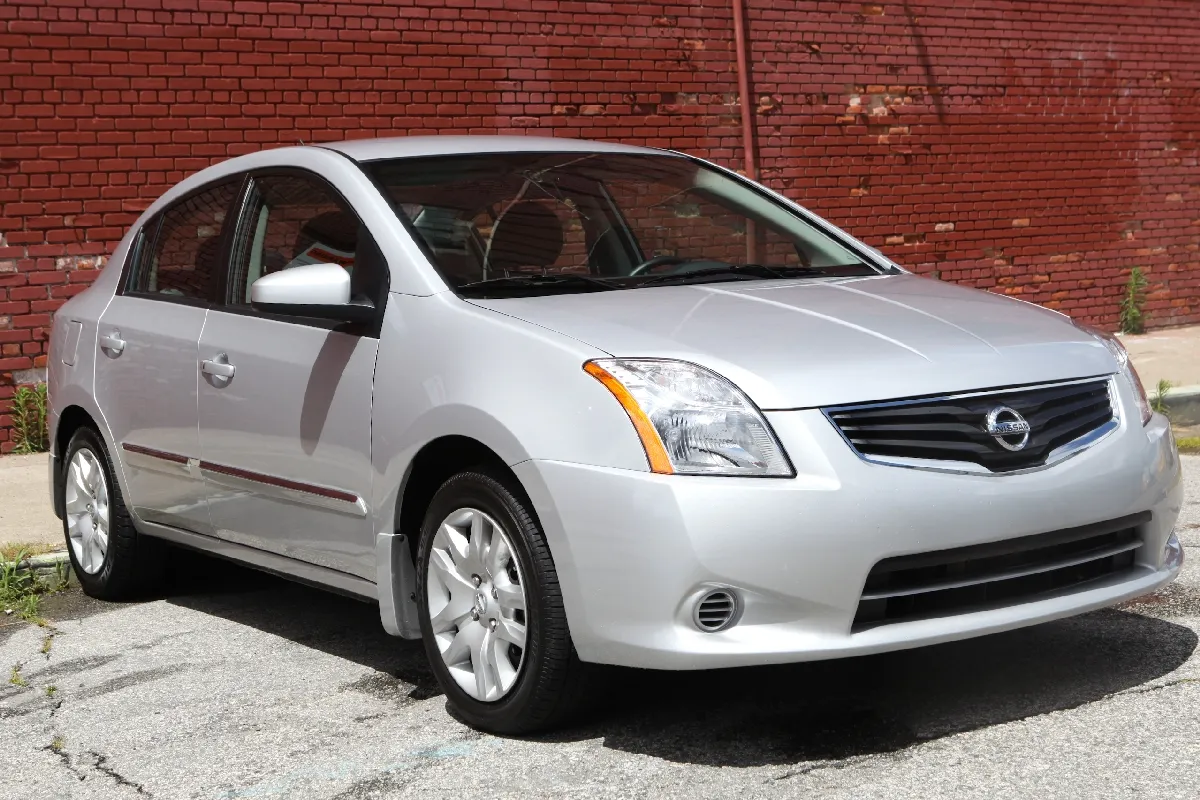
While the Sentra includes basic safety features, the lack of a larger rearview mirror is a drawback, especially when compared to rivals that offer more substantial mirrors with integrated technology. This issue can increase the risk of missing critical visual information in dynamic driving situations.
Nissan has addressed rearview mirror visibility in subsequent models by increasing mirror size and incorporating features such as auto-dimming and camera displays.
However, Sentra owners from this era should remain aware of the mirror’s limitations and consider supplemental safety aids.
10. 2010–2014 Acura TSX
The Acura TSX, a sporty luxury sedan sold between 2010 and 2014, offers refined performance and upscale interiors.
However, the factory-installed interior rearview mirror is noticeably small, reflecting a design choice that prioritizes sleek cabin aesthetics over maximum rear visibility.
The TSX’s compact mirror, combined with narrow rear windows and thick rear pillars, reduces the driver’s natural rearward field of vision. This design results in increased blind spots and can complicate maneuvers requiring quick glances to the rear, such as lane changes or reversing in tight spots.
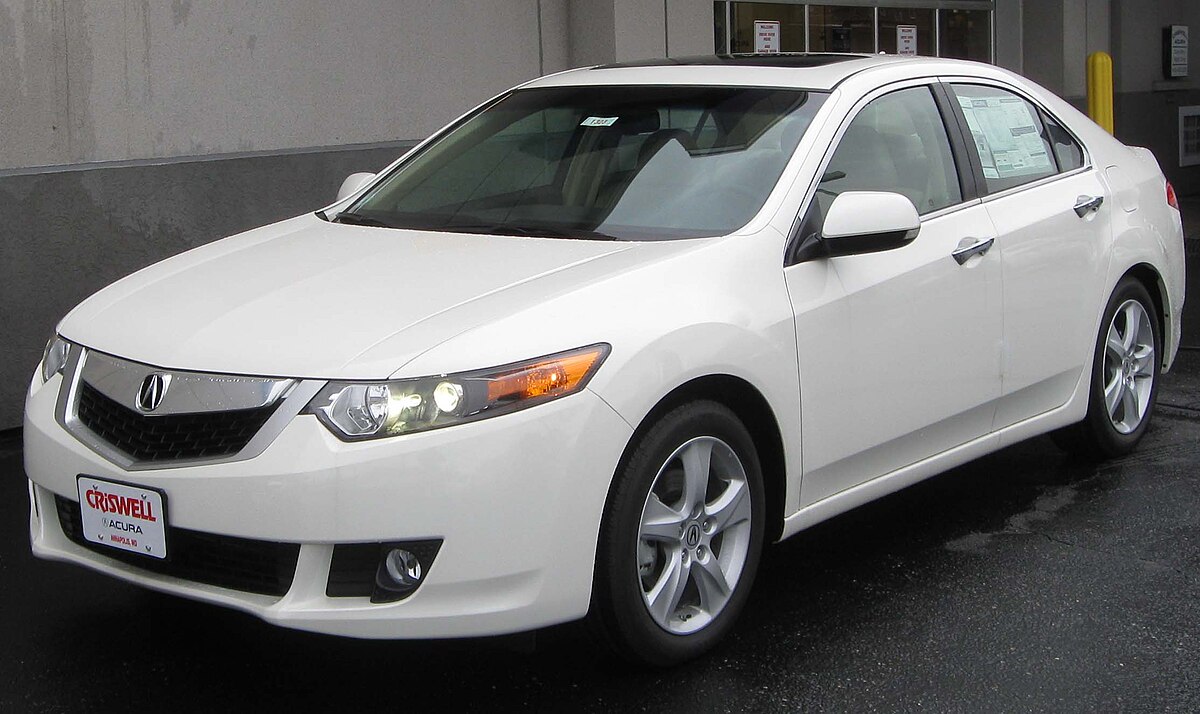
Although the TSX includes advanced driver aids such as rearview cameras in some trims, the small mirror remains a limiting factor in situational awareness. Many owners opt for aftermarket solutions to improve rear visibility and reduce blind spots.
In later Acura models, mirror size and technology were enhanced significantly, recognizing the importance of clear rear visibility for driver safety and comfort.
The rearview mirror is one of the most fundamental components of automotive safety, serving as the driver’s primary tool to monitor the space behind the vehicle.
Over the years, the importance of this seemingly simple accessory has grown, especially as vehicle designs have evolved and roads have become more congested.
Yet, as this article highlights, many popular cars from the last two decades are equipped with rearview mirrors that are simply too small by today’s standards, limiting visibility and increasing blind spots.
Cars such as the Ford Mustang (2010–2014), Toyota RAV4 (2012–2017), Volkswagen Jetta (2011–2015), and others discussed here all share a common design shortcoming—a compact rearview mirror that restricts the field of vision.
This limitation is often exacerbated by the vehicle’s structural features, including thick rear pillars, small rear windows, or steeply sloped rear roofs, which compound the problem of limited rear visibility.
Drivers of these vehicles must frequently compensate by relying more heavily on side mirrors, backup cameras, or aftermarket upgrades to maintain safe awareness of their surroundings.
It is important to note that while these vehicles were considered modern and well-designed at their time of release, automotive safety standards and consumer expectations have progressed significantly.
Today, manufacturers recognize the critical role of rear visibility in accident prevention and have responded by equipping newer models with larger, more effective rearview mirrors.
Many now include auto-dimming capabilities, integrated digital displays, and even camera feeds within the mirror housing to enhance visibility and minimize blind spots.
For owners of vehicles with smaller rearview mirrors, awareness of this limitation is the first step towards safer driving.
Simple adjustments—such as properly angling side mirrors, installing larger aftermarket mirrors, or making full use of advanced driver-assistance technologies—can mitigate many of the risks associated with restricted rearward visibility.
Furthermore, the evolution in rearview mirror technology underscores a broader theme in automotive design: safety features that once seemed sufficient are continually reassessed as new data and technologies emerge.
While some design decisions were driven by aesthetics or cabin ergonomics, the growing focus on driver assistance and crash avoidance highlights the importance of balancing style with function.
In conclusion, the rearview mirror may be one of the oldest automotive features, but it remains vital in ensuring safe driving.
The cars featured in this article serve as important reminders that even small design choices—like mirror size—have significant safety implications.
As automotive technology advances, drivers can expect continued improvements in rear visibility, contributing to safer roads for everyone.
Also Read: Top 5 Cars With Headlights That Fog Up Frequently

